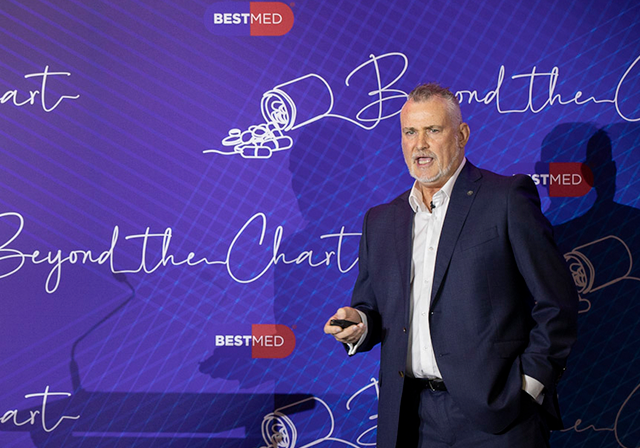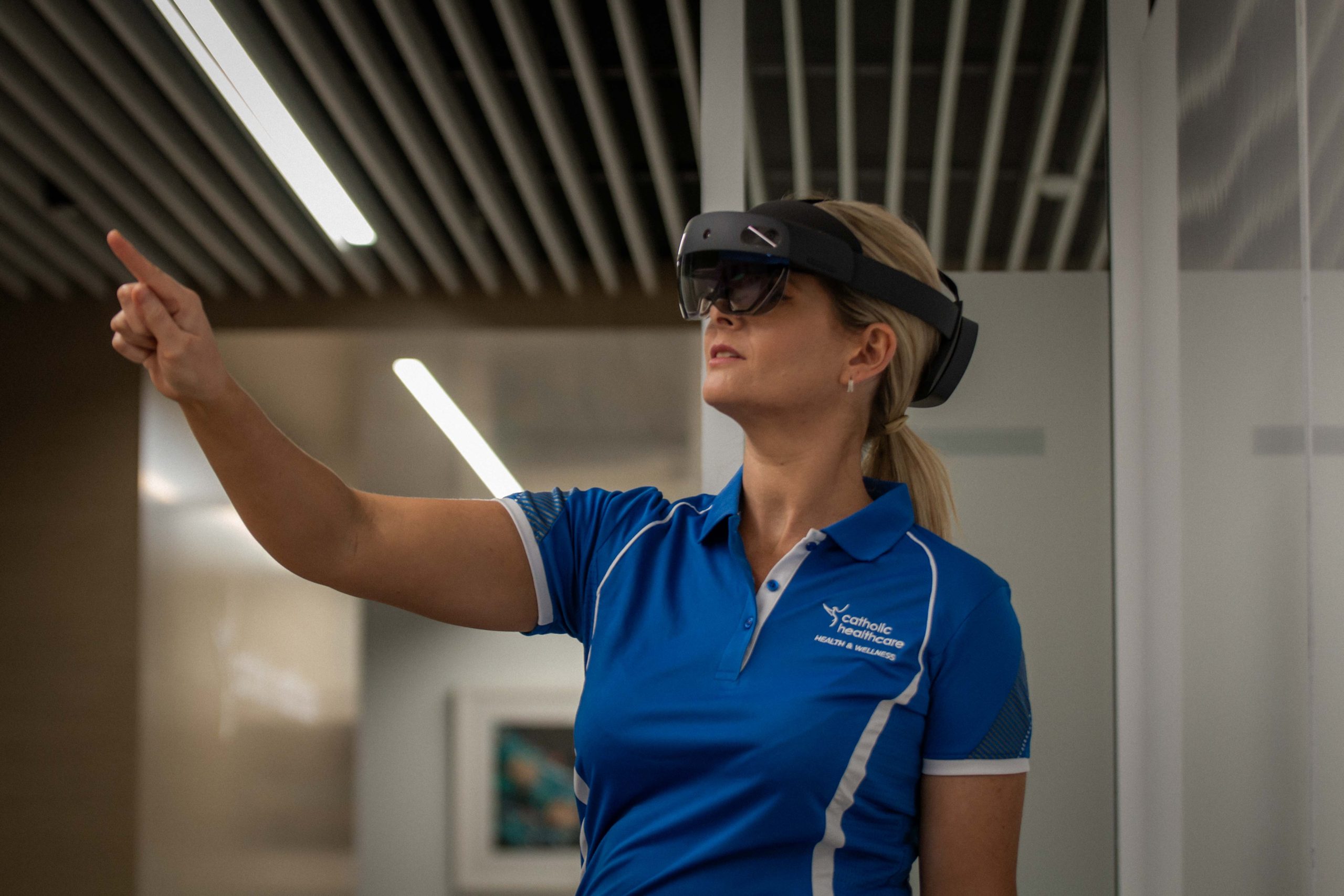
Technology Trends That Matter
Technology has become an integral part of daily life, and its significance in aged care is equally paramount. At the 2024 BESTMED conference, Brett Reedman, CIO at Catholic Healthcare, shared insights on how focusing on aged care technologies is addressing some of the sector's unique challenges.

Current Challenges in Aged Care
The key challenges being addressed:
- Ageing Population: The number of older Australians requiring support is steadily increasing.
- Workforce Shortage: There is a significant lack of care employees in aged care, making it difficult to meet the growing demand.
- Changing Needs: The next generation, such as the Baby Boomers, are more tech-savvy and demand a higher level of interaction with technology.
The rapidly growing ageing population, coupled with the desire for many to remain in their homes longer, underscores the need for innovative, tech-driven solutions. Several technology solutions can address these needs.
Tech Solutions
- Artificial Intelligence (AI): AI enhances operational efficiency, improves the quality of care, and promotes independence for the elderly. It assists in medication management, fall detection, and monitoring health conditions. AI can analyse large amounts of data quickly, identifying patterns and predicting potential health issues before they become critical.
- Smart Devices & Wearables: Devices ranging from smart watches to smart clothing monitor vital signs and health metrics, promoting self-care and timely medical interventions. These devices can track heart rate, blood pressure, sleep patterns, and more, providing real-time data to caregivers and healthcare professionals.
- Robotics: Assistive robots are invaluable in dementia care, offering companionship and stimulation to those with cognitive impairments. Workforce robots handle tasks such as delivering meals and laundry, reducing the physical burden on human caregivers and allowing them to focus on more personal aspects of care.
- Telehealth & Mixed Reality: Technologies like Microsoft HoloLens2 are revolutionising virtual healthcare, allowing nurses to interact with GPs and specialists seamlessly. This ensures better care without the need for travel, providing high-definition visuals for GPs, hands-free operations for nurses, and potential integration with other medical devices.
Implementation at Catholic Healthcare
Catholic Healthcare places a strong emphasis on the mental, spiritual, and physical well-being of its residents. By implementing mixed reality solutions like HoloLens2, they have significantly improved care delivery. The high-definition visuals enable GPs to diagnose and treat conditions more accurately, while hands-free operations allow nurses to perform tasks more efficiently. Additionally, these solutions can potentially integrate with other medical devices, creating a more cohesive healthcare environment.
HoloLens2
Future Vision: Virtual Healthcare
By creating a holistic virtual healthcare environment that integrates wearables, AI, telehealth, and monitoring devices, technology can deliver comprehensive, data-driven care. Inspired by successful models like Mercy Virtual in the US, virtual healthcare can eliminate geographical boundaries, ensuring timely and efficient care.
In this envisioned future, older Australians can receive medical consultations, monitoring, and even some treatments without leaving their homes. This approach not only enhances the quality of care but also reduces the strain on physical healthcare facilities. It also empowers consumers to take an active role in their own health management, fostering a sense of independence and confidence.
As aged care technologies continue to evolve, so too will their application in the sector. The ongoing integration of advanced tech solutions promises to address current challenges, improve the quality of care, and respond to the needs of our ageing population.
Ready to get started?
Book a demo with one of our clinical specialists to discover how BESTMED can ready your organisation for the future.
